Happy Earth Day, beauty lovers! What better way for a makeup artist to celebrate the greenest day of the year than by learning a little about eco-friendly makeup?
Organic makeup, vegan makeup, natural makeup, cruelty-free makeup… those are a ton of conditions to keep in mind when you’re shopping for beauty products. Are they all the same? Does eco-friendly makeup cover them all? And—the question everyone wants to know—can eco-friendly makeup produce the same high-quality results as your standard products in your professional makeup kit?
Well, grab your favorite makeup brushes and pull on your 100% natural fiber tree-hugger t-shirt. Our crash course on eco-friendly makeup is the perfect way to show the earth a little love!
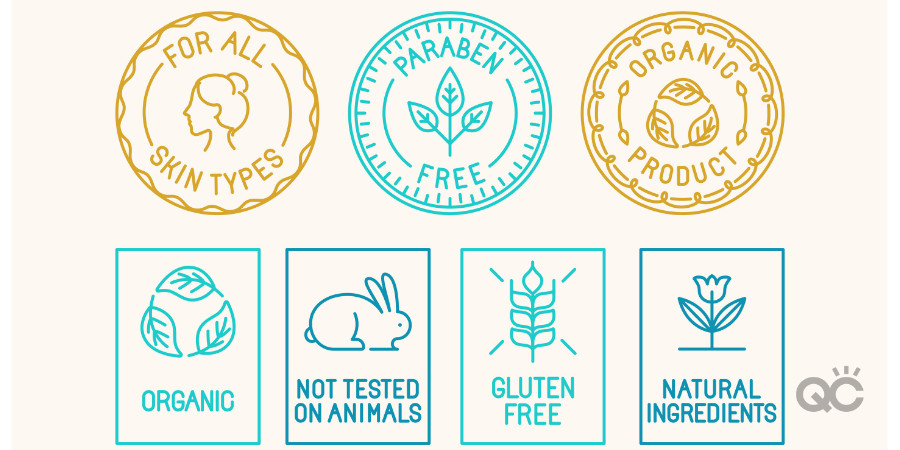 Let’s start by clearing up some basic terminology…
Let’s start by clearing up some basic terminology…
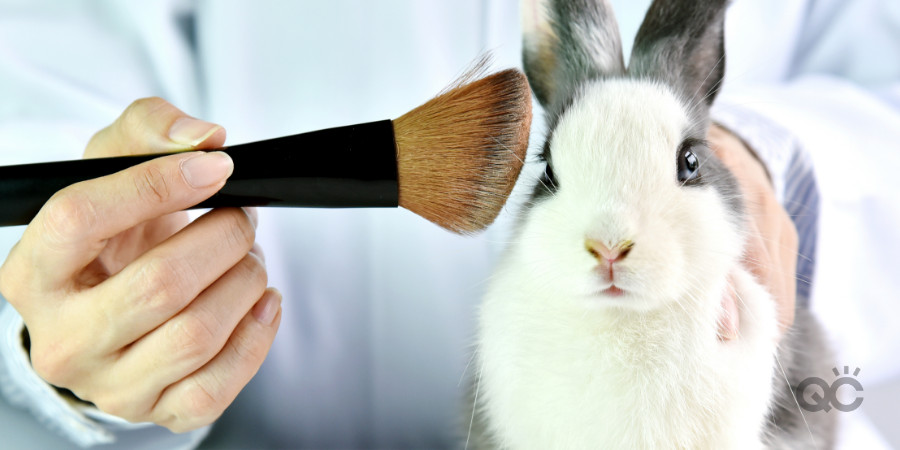 From the packaging to the product to the ways you wear it, makeup is absolutely pretty. But what’s not so pretty are some of the ingredients that go into it. Many big-name products are made with industrial chemicals that include carcinogens, pesticides, and other gross stuff that messes with both your body and the planet.
According to the David Suzuki Foundation, there are twelve common chemicals (the “dirty dozen”) you should try to avoid when you’re shopping for makeup:
From the packaging to the product to the ways you wear it, makeup is absolutely pretty. But what’s not so pretty are some of the ingredients that go into it. Many big-name products are made with industrial chemicals that include carcinogens, pesticides, and other gross stuff that messes with both your body and the planet.
According to the David Suzuki Foundation, there are twelve common chemicals (the “dirty dozen”) you should try to avoid when you’re shopping for makeup:
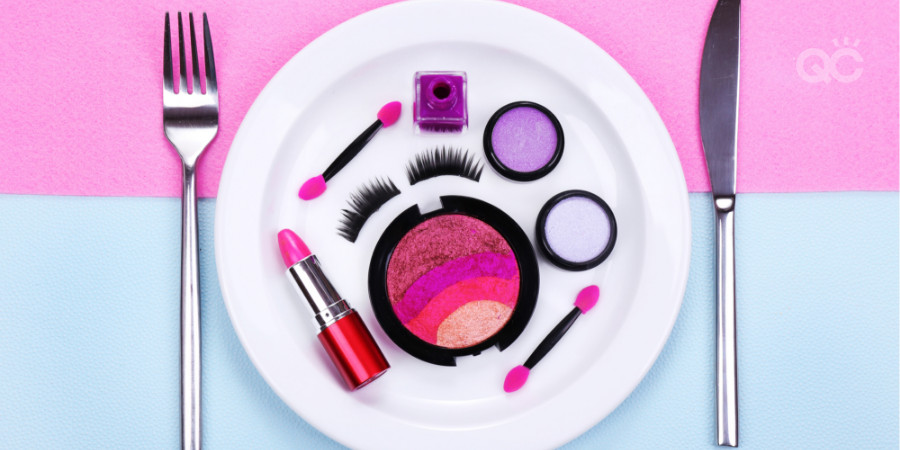 Gone are the days when eco-friendly makeup was a tiny niche market for hippies and hardcore environmentalists. Nowadays, tons of women have made the switch to help keep their bodies (and their planet) at their healthiest—and that means you’ve got tons of high-quality eco-friendly makeup products to choose from!
But where to start? Well, you can take a look at EWG’s Skin Deep Cosmetics Database, which includes over 70,000 eco-friendly brands and products. But we’ll set you off in the right direction with six eco-friendly products to add to your kit.
Gone are the days when eco-friendly makeup was a tiny niche market for hippies and hardcore environmentalists. Nowadays, tons of women have made the switch to help keep their bodies (and their planet) at their healthiest—and that means you’ve got tons of high-quality eco-friendly makeup products to choose from!
But where to start? Well, you can take a look at EWG’s Skin Deep Cosmetics Database, which includes over 70,000 eco-friendly brands and products. But we’ll set you off in the right direction with six eco-friendly products to add to your kit.
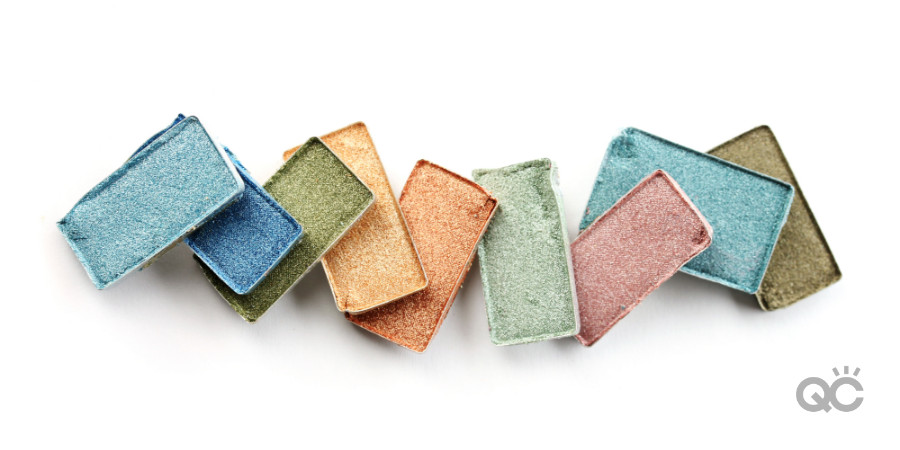 If your favorite liquid lipstick is made in Italy and you purchased it at your local Sephora in the United States, how much fuel needed to be burned to get there? If you’re concerned about the carbon footprint you and your makeup products are making (and, let’s face it, we could all be a little more conscious), consider equipping your makeup artistry kit with local products that didn’t have to travel across the world.
Now, let’s be real. No makeup artist is going to go out and buy a totally new kit just to make sure all their products are eco-friendly. For one thing, every artist has those extra-special products they just can’t bear to part with. For another, most of us don’t quite have the budget to handle that! Instead, celebrate Earth Day by picking one or two eco-friendly products to test out. That’s where every eco-friendly habit starts!
What other eco-friendly makeup brands do you use? Let us know in a comment!
If your favorite liquid lipstick is made in Italy and you purchased it at your local Sephora in the United States, how much fuel needed to be burned to get there? If you’re concerned about the carbon footprint you and your makeup products are making (and, let’s face it, we could all be a little more conscious), consider equipping your makeup artistry kit with local products that didn’t have to travel across the world.
Now, let’s be real. No makeup artist is going to go out and buy a totally new kit just to make sure all their products are eco-friendly. For one thing, every artist has those extra-special products they just can’t bear to part with. For another, most of us don’t quite have the budget to handle that! Instead, celebrate Earth Day by picking one or two eco-friendly products to test out. That’s where every eco-friendly habit starts!
What other eco-friendly makeup brands do you use? Let us know in a comment!
First things first… what does “eco-friendly makeup” actually mean?
Green, organic, all-natural… those words get thrown around a lot in product branding, and that includes makeup. But what actually makes a beauty product eco-friendly? And why does it matter? Let’s start by clearing up some basic terminology…
Let’s start by clearing up some basic terminology…
- Vegan makeup doesn’t contain harsh chemical ingredients or ingredients derived from animals.
- Cruelty-free makeup doesn’t harm or kill animals in its production—that includes avoiding animal testing.
- Natural makeup is a general (and unregulated) term, but in general it uses ingredients only from natural sources.
- Organic makeup contains only plant-based ingredients grown without chemicals or pesticides.
The “Dirty Dozen”
 From the packaging to the product to the ways you wear it, makeup is absolutely pretty. But what’s not so pretty are some of the ingredients that go into it. Many big-name products are made with industrial chemicals that include carcinogens, pesticides, and other gross stuff that messes with both your body and the planet.
According to the David Suzuki Foundation, there are twelve common chemicals (the “dirty dozen”) you should try to avoid when you’re shopping for makeup:
From the packaging to the product to the ways you wear it, makeup is absolutely pretty. But what’s not so pretty are some of the ingredients that go into it. Many big-name products are made with industrial chemicals that include carcinogens, pesticides, and other gross stuff that messes with both your body and the planet.
According to the David Suzuki Foundation, there are twelve common chemicals (the “dirty dozen”) you should try to avoid when you’re shopping for makeup:
- BHA and BHT: Used in skincare and makeup products.
- Coal tar dyes: Look out for p-phenylenediamine and colors listed as “CI” followed by five numbers.
- DEA, MEA, and TEA ingredients: Watch out for these in creamy, foamy products.
- Dibutyl phthalate: Found in some nail products.
- Preservatives that release formaldehyde: DMDM hydantoin, diazolidinyl urea, imidazoliodinyl urea, methenamine, and quarternium-15 are the major culprits.
- Parabens: Used as preservatives in many makeup products.
- Parfum: It might smell sweet, but some fragrance ingredients set off allergies or asthma.
- PEG compounds: Found in many cream-based cosmetics.
- Petrolatum: Used in some hair products, moisturizers, and lip products.
- Siloxanes: Look out for ingredients that end in “-siloxane” or “-methicone.”
- Sodium laureth sulfate: Found in foamy products like shampoos and cleansers.
- Triclosan: Found in some antibacterial beauty products.
The Eco-Friendly Makeup Artist’s Starter Kit
 Gone are the days when eco-friendly makeup was a tiny niche market for hippies and hardcore environmentalists. Nowadays, tons of women have made the switch to help keep their bodies (and their planet) at their healthiest—and that means you’ve got tons of high-quality eco-friendly makeup products to choose from!
But where to start? Well, you can take a look at EWG’s Skin Deep Cosmetics Database, which includes over 70,000 eco-friendly brands and products. But we’ll set you off in the right direction with six eco-friendly products to add to your kit.
Gone are the days when eco-friendly makeup was a tiny niche market for hippies and hardcore environmentalists. Nowadays, tons of women have made the switch to help keep their bodies (and their planet) at their healthiest—and that means you’ve got tons of high-quality eco-friendly makeup products to choose from!
But where to start? Well, you can take a look at EWG’s Skin Deep Cosmetics Database, which includes over 70,000 eco-friendly brands and products. But we’ll set you off in the right direction with six eco-friendly products to add to your kit.
- Burt’s Bees Lipsticks: These lipsticks pair the traditional moisturizing power of Burt’s Bees lip products with bright, long-lasting color, available in 14 different shades. Easily available at many drugstores, this product is also easy on your budget. Plus, how cute is that honeycomb packaging?
- Alima Luminous Shimmer Eyeliner: Finding eco-friendly skincare and cleansing products tends to be easy, but pigmented beauty products can be a little trickier. This shimmery loose powder liner is highly pigmented and, yes, eco-friendly. Bonus: it can easily double as a shadow for a show-stopping smoky eye.
- Ilia Mascara: Mascara made from organic, sustainable ingredients in four enticing shades.
- Josie Maran Argan Color Stick: Available in five shades from a nude brown to a peachy coral, this color stick can easily become a kit staple. This is another product that does double duty—use it to gives lips or cheeks a natural flush.
- Vapour Halo Illuminator: Whether you’re into strobing or just looking for a little bit of glow, this illuminator stick provides an eco-friendly way to highlight your best features.
- WilliamsPro Bioglitter: QC Makeup Academy tutor Azzi Williams is the owner of her own makeup line! Her Bioglitters are plant-based and biodegradable! Say no to tiny micro-plastics!
Your Carbon Footprint
Consider your newly-purchased makeup’s journey to get to you and the carbon footprint it has left behind. Where was this product made? Where did you purchase it? How did it get from Point A to Point B? If your favorite liquid lipstick is made in Italy and you purchased it at your local Sephora in the United States, how much fuel needed to be burned to get there? If you’re concerned about the carbon footprint you and your makeup products are making (and, let’s face it, we could all be a little more conscious), consider equipping your makeup artistry kit with local products that didn’t have to travel across the world.
Now, let’s be real. No makeup artist is going to go out and buy a totally new kit just to make sure all their products are eco-friendly. For one thing, every artist has those extra-special products they just can’t bear to part with. For another, most of us don’t quite have the budget to handle that! Instead, celebrate Earth Day by picking one or two eco-friendly products to test out. That’s where every eco-friendly habit starts!
What other eco-friendly makeup brands do you use? Let us know in a comment!
If your favorite liquid lipstick is made in Italy and you purchased it at your local Sephora in the United States, how much fuel needed to be burned to get there? If you’re concerned about the carbon footprint you and your makeup products are making (and, let’s face it, we could all be a little more conscious), consider equipping your makeup artistry kit with local products that didn’t have to travel across the world.
Now, let’s be real. No makeup artist is going to go out and buy a totally new kit just to make sure all their products are eco-friendly. For one thing, every artist has those extra-special products they just can’t bear to part with. For another, most of us don’t quite have the budget to handle that! Instead, celebrate Earth Day by picking one or two eco-friendly products to test out. That’s where every eco-friendly habit starts!
What other eco-friendly makeup brands do you use? Let us know in a comment!
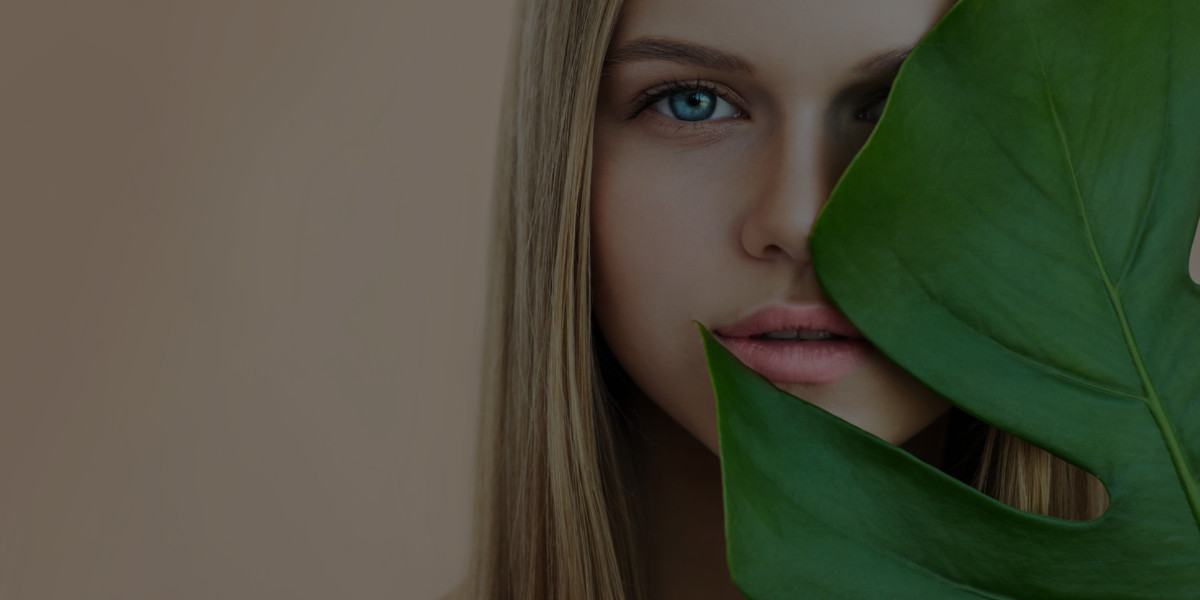
Parabens are actually not as evil as they are made out to be. They are actually nature’s preservatives and can be found in fruits and vegetables in amounts way higher than in makeup and cosmetics. For more information, visit http://www.cancer.org and type in ‘parabens’ in the search engine.
Hi Nwaka!
While there isn’t conclusive evidence that parabens are dangerous, there are some concerns parabens may disrupt hormones in your body, which is why some consumers prefer to avoid them. However, you’re also right to point out that the amounts found in cosmetics are very low! It’s definitely an area of ongoing research.
Thanks for sharing! 🙂